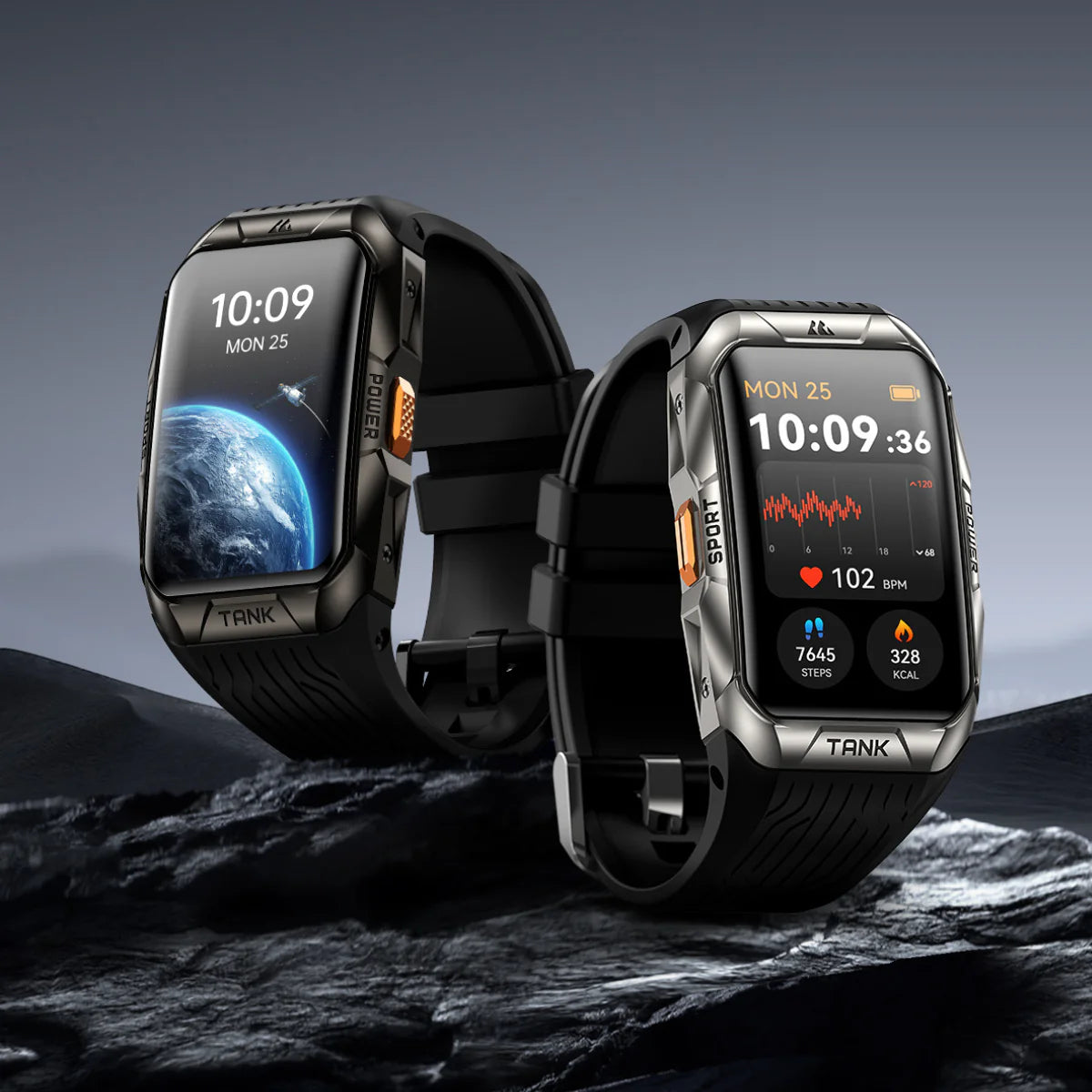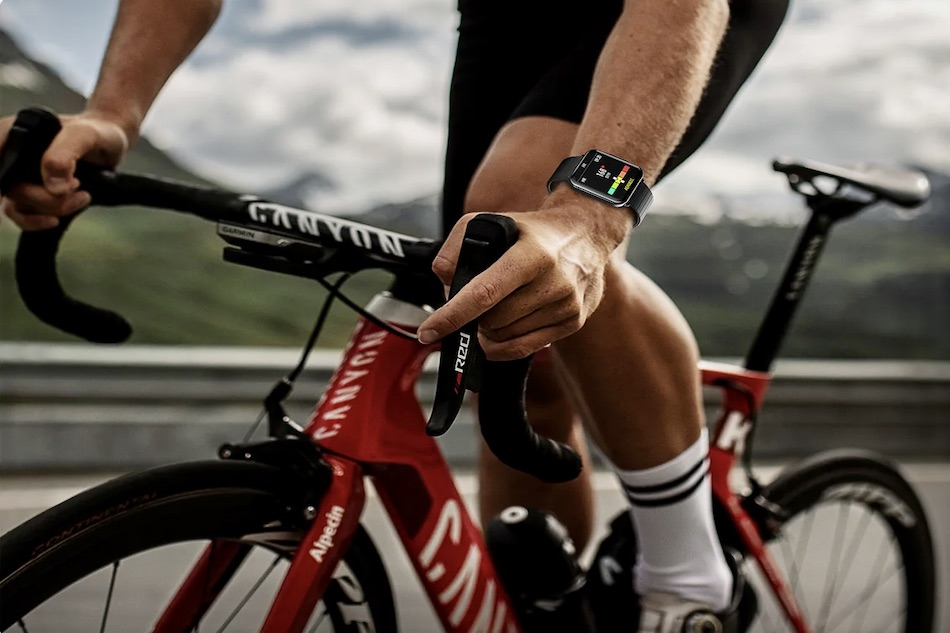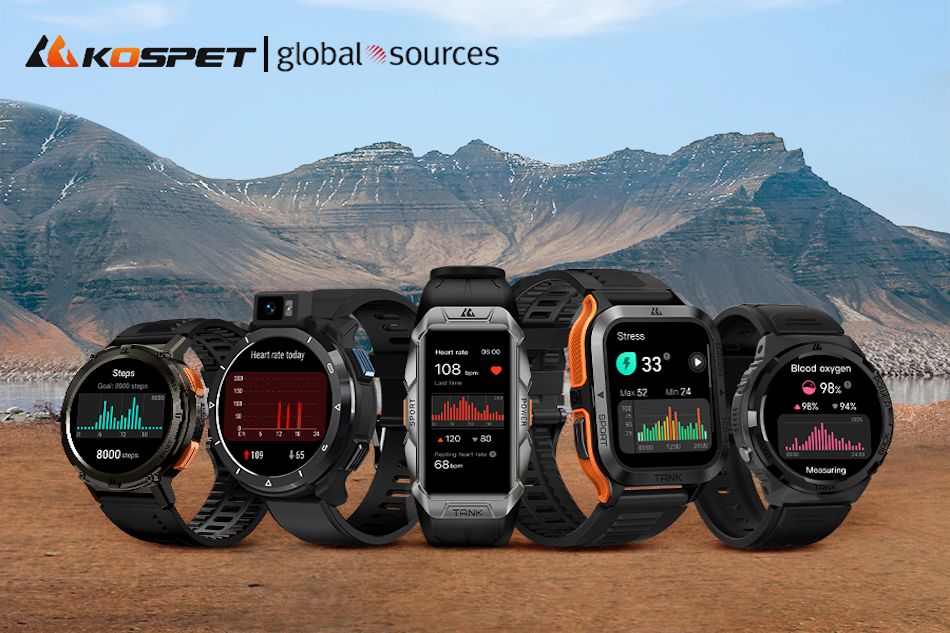AMOLED and TFT are two sorts of display technology widely applied in consumer electronics.
AMOLED (active-matrix organic light-emitting diode) displays are composed of tiny organic light-emitting diodes, while TFT (Thin-Film Transistor) displays utilize inorganic thin-film transistors.
Besides, the organic materials that make up AMOLEDs emit light when an electric current passes through them, whilst a matrix of tiny transistors are used by TFTs to control the flow of electricity to the display.
Both AMOLED and TFT come with their own pros and cons. Check out the table below to compare these two technologies:
|
|
AMOLED Displays |
TFT Displays |
|
Variant |
Light-emitting Displays (LEDs) |
Liquid Crystal Displays (LCDs) |
|
Backlight |
Self-illuminating |
Light up with a backlight |
|
Colour Display |
More Accurate |
Comparatively Less Vibrant |
|
Refresh Rate |
Higher |
Comparatively Lower |
|
Response Time |
Shorter |
Comparatively Longer |
|
Viewing Angel |
Wider |
Comparatively Narrower |
|
Power Consumption |
Less |
Comparatively More |
|
Production Cost |
More Expensive |
Comparatively Less Costly |
|
Lifespan |
Comparatively Shorter |
Longer |
|
Availability |
Available, but not so widely |
More Widely Available with Longer History |
|
Used in OSPET Smartwatches |
MAGIC 3S |
IPS (in-plane-switching) technology, an upgrade of the conventional TFT LCD display module, was initially designed to solve the strong viewing angle dependence and low-quality color reproduction of the twisted nematic field effect (TN) matrix LCDs prevalent. To some extent, they share the same basic structure, yet overall IPS technology embraces more advanced features and wider usability.
KOSPET smartwatches that harness IPS display technology are TANK M2 and MAGIC 3.
Which display technology to the most suitable for you?
In summary, AMOLED and TFT are two different types of display technology. AMOLED displays are basically brighter, more vibrant and more costly to manufacture. TFT and IPS displays, on the other hand, are relatively not as bright or power efficient as AMOLED displays.
Even so, which display technology works the best for you still relies on your needs. For instance, if you are after a bright and vibrant display, then AMOLED is a superb option. Yet if you are anxious about image persistence, TFT or even IPS may be better for you.









Leave a comment
All comments are moderated before being published.
This site is protected by hCaptcha and the hCaptcha Privacy Policy and Terms of Service apply.